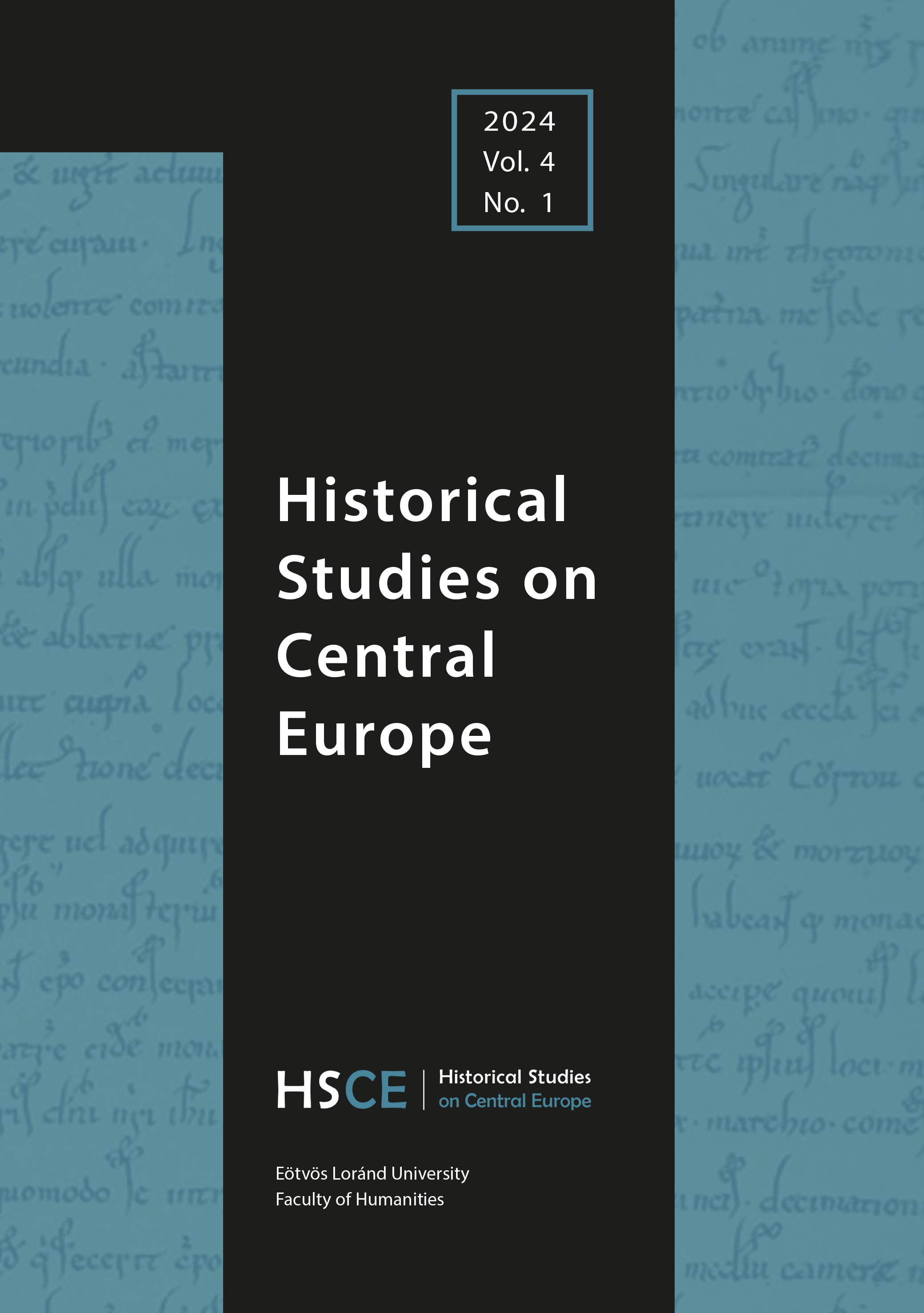Late Medieval Plague Waves in Eastern Germany and Bohemia: Combining Narrative, Administrative, Epigraphic and Pictorial Sources with Quantitative Approaches
Published 24-07-2024
Keywords
- Bohemia,
- Eastern Germany,
- Erfurt,
- Görlitz,
- Black Death
- pestis secunda,
- pestis tertia,
- municipal books,
- inscriptions,
- testaments,
- memory,
- mortality,
- Libri Confirmationum ...More
How to Cite
Copyright (c) 2024 Martin Bauch, Christian Oertel

This work is licensed under a Creative Commons Attribution-NonCommercial 4.0 International License.
Abstract
This paper aims to enhance our knowledge about late-medieval epidemic outbreaks in specific parts of Eastern Central Europe. The first part on modern-day Eastern Germany discusses narrative evidence and its use in the current research on plague history, before bringing in municipal records on testaments and conveyances from Görlitz and Stralsund for the reconstruction of seasonality and mortality rates, as well as funeral inscriptions and pictorial evidence from Erfurt as indirect indicators of plague waves. After a brief discussion of the scarce narrative sources, the second part of the paper concerning Bohemia works with the evidence of the Libri Confirmationum, a source originating from the chancellery of the archbishops of Prague. Every new appointment to a benefice was supposed to be approved by one of the vicars general of the archbishop, and this confirmation usually gives the reason for the vacancy. Expanding on Eduard Maur’s research, death statistics and their frequency are analyzed statistically. The paper provides insight into new evidence for the reconstruction of plague waves, mortality rates and seasonality, and thereby highlights the characteristics of the plague in Eastern Central Europe.


